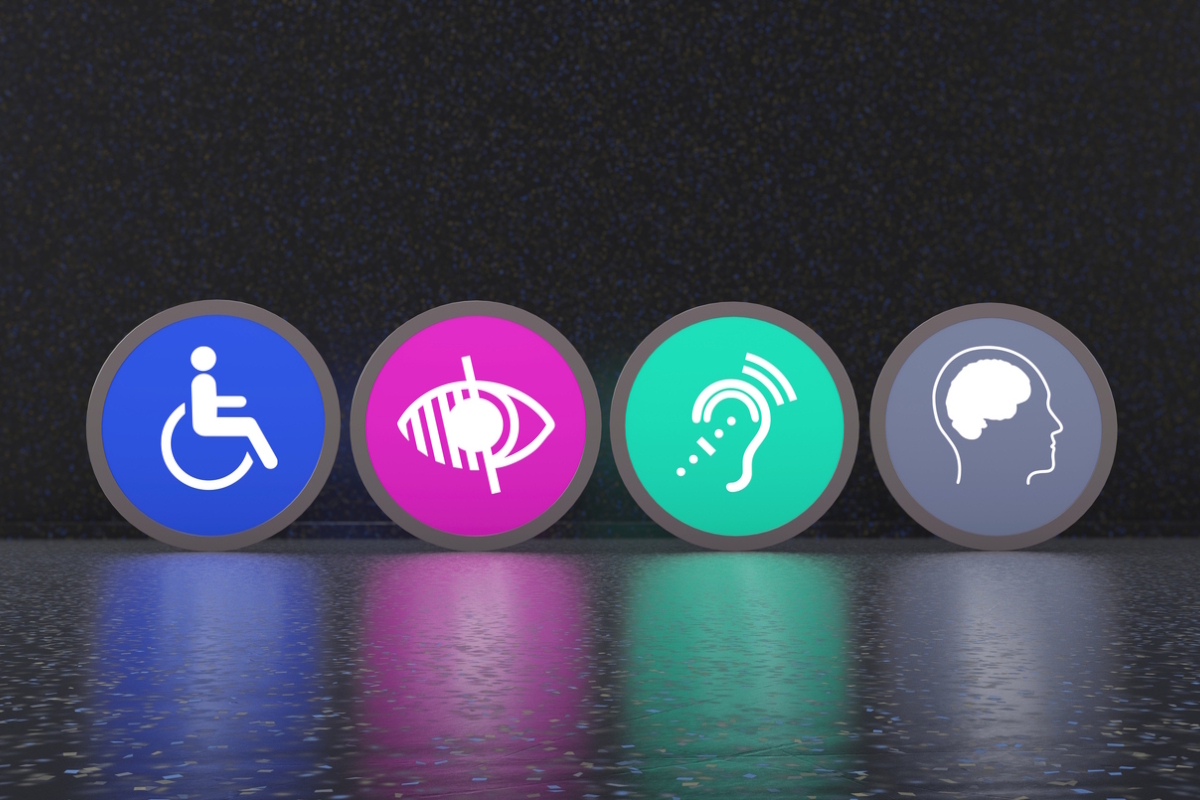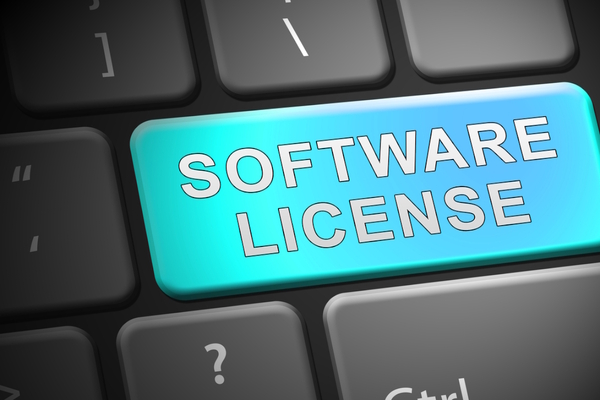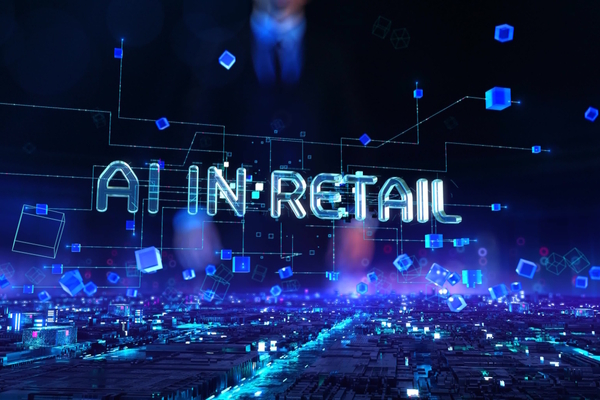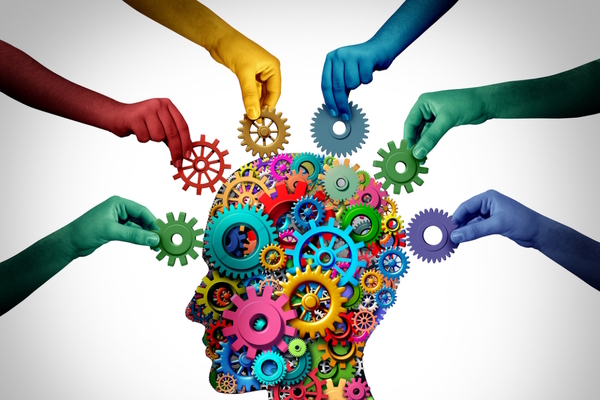Does AI help or hinder accessible communications?

Authors and consultants Matisse Hamel-Nelis and Lisa Riemers explain the importance of accessibility as a core principle for your organisation, and how AI can help you to build it
Artificial intelligence proponents promise that Generative AI will revolutionise how we communicate at work. But for the 1.3 billion people worldwide with disabilities, the question isn’t just whether AI will change communication. It’s whether it will make it more accessible or create new barriers.
The answer, like most things involving AI, is complicated.
The promise of AI accessibility
AI tools are already transforming how organisations approach accessible communications. Speech-to-text and automatic captioning services like those built into Zoom and Microsoft Teams have made virtual meetings more inclusive for deaf and hard-of-hearing employees. These tools, while imperfect, provide real-time transcription that would be costly and logistically challenging to arrange manually. These capabilities have recently been enhanced with the ability to generate summaries and capture actions, which can be helpful for many people, particularly those who struggle with cognitive load or memory.
Writing assistants powered by AI can help people with dyslexia or other learning differences craft clearer emails and documents. Tools that suggest simpler language or flag complex sentences can benefit not just employees with disabilities but also those with English as another language, as well as entire teams trying to communicate more effectively.
Screen readers (assistive technology used by people who are blind or have low vision) are getting smarter thanks to AI. Modern versions can describe images, summarize lengthy documents, and even navigate poorly designed websites more effectively than ever before.
Where AI stumbles
But AI’s accessibility benefits come with significant caveats. Current technology often struggles with context, nuance, and the diverse ways people communicate across different cultures and languages.
Take automatic captions. They frequently mess up technical terms, names, or accented speech. Exactly the kind of content that matters most in professional settings. A marketing team discussing "brand equity" might see it transcribed as "brand equality," completely changing what they’re talking about.
AI translation tools, while impressive, can miss cultural context that’s crucial for inclusive communication. They might translate text accurately but miss the tone or cultural sensitivity needed when communicating across diverse, global workplaces.
Perhaps more concerning is how AI can perpetuate existing biases. Voice recognition systems historically perform worse for women, people with accents, and speakers of non-standard dialects. If your AI meeting assistant can’t understand your colleague from Mumbai or Paris, it’s not making communication more accessible. It’s actually reinforcing exclusion.
Why humans still matter
The most successful uses of AI for accessible communications recognize something important: technology is a tool, not a replacement for human judgment and empathy.
Smart organisations are using AI to handle routine tasks like generating alt text for images or providing basic captions. But they’re keeping humans involved for context, quality control, and relationship building.
Consider that generated content as a first draft; a starting point that needs a review. Check that the language is inclusive and appropriate for the context, and why it matters.
This human-in-the-loop approach, according to Microsoft’s Global Accessibility Awareness Day 2024 report, is becoming the gold standard for accessible AI implementation.
What business leaders should actually do
If your organisation is exploring AI for communications, here’s how to ensure you’re helping, not hindering, accessibility:
- Start with your people. Before implementing any AI tool, talk to employees with disabilities about their needs and current challenges. Their insights will be more valuable than any vendor demo.
- Test across cultures and languages. AI that works well for one group might fail spectacularly for another. Test your tools with diverse users, languages, and real-world content before rolling them out company-wide.
- Keep humans involved. Use AI to boost capabilities, not replace human judgment. Always have someone review AI-generated captions, translations, or accessibility features before they go live.
- Plan for failure. Even the best AI makes mistakes. Have backup plans and easy ways for people to report when technology isn’t working for them.
- Measure what actually matters. Track not just whether your AI tools are technically functioning, but whether they’re actually improving communication and inclusion for your global team.
Looking ahead
The future of AI and accessible communications isn’t set in stone. The tools we build and how we choose to use them will determine whether AI becomes a force for inclusion or exclusion worldwide.
The organisations getting this right share something in common. They treat AI as one part of a larger accessibility strategy. Not a magic solution, but a powerful tool when used thoughtfully across diverse markets and cultures.
As AI continues to evolve, the most successful businesses will be those that remember something fundamental: accessibility isn’t just about compliance or checking boxes. It’s about recognising that when communication works for everyone, everywhere, it works better for everyone.
The question isn’t whether AI will impact accessible communications. It already is. The real question is whether we’ll use it to build bridges or walls across the global business landscape.
Lisa Riemers is a communications consultant. Matisse Hamel-Nelis is a communications and digital accessibility consultant and a PR professor at Durham College. They are the co-authors of Accessible Communications, publishing in the UK on 3rd October 2025
Main image courtesy of iStockPhoto.com and bilalulker

Business Reporter Team
You may also like
Most Viewed
Winston House, 3rd Floor, Units 306-309, 2-4 Dollis Park, London, N3 1HF
23-29 Hendon Lane, London, N3 1RT
020 8349 4363
© 2025, Lyonsdown Limited. Business Reporter® is a registered trademark of Lyonsdown Ltd. VAT registration number: 830519543





